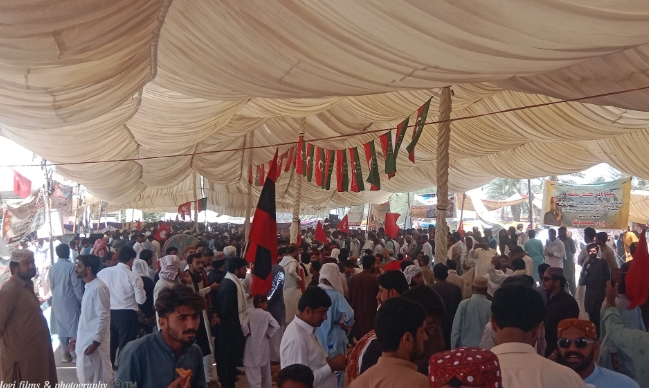Why Sindh is Boiling Over: The Geopolitics Behind Pakistan’s “Sindhu is Burning” Crisis
Under a red campaign tent, farmers and activists from Sindh have gathered to protest a controversial Army-backed water project. In the weeks before the clash, Ashfaq Malik’s Sindh Saba Party had even blockaded the Moro bypass to demand that the canals be scrapped. Clashes in Moro (Naushehro Feroze district) left two Sindhi demonstrators dead after police opened fire, prompting enraged crowds to torch the Sindh home minister’s house. The violence erupted over six proposed canals and corporate-farming schemes on the Indus River – protesters looted vehicles, blocked a highway and even set oil tankers ablaze in frustration.
This turmoil is driven by long-simmering water grievances. Locals blame both Punjab’s power brokers and even India for Sindh’s parched fields. Even Sindh’s own PPP chairman Bilawal Bhutto Zardari initially hailed the canal scheme as “vital,” only to reverse course under pressure. After a militant strike in Kashmir, New Delhi “put in abeyance” the 1960 Indus Waters Treaty and has since planned new diversions on the Chenab and other rivers feeding Pakistan. Sindhi leaders bristled: Bilawal eventually vowed “not a single drop of Sindh’s water will be given away”. Farmers’ slogans – “Stop canals on the Indus and let the river flow freely” – have spread online. Police reinforcements were rushed in from neighboring districts, but many warn that the cry of “Sindhu is burning” is only growing louder.
For decades Sindhis have complained that Pakistan’s Punjabi elite dominate federal power, often to Sindh’s detriment. Sindh’s economy is almost entirely fed by the Indus, so locals see any cut in flows as existential. The canal plan was widely seen as “a move to divert water from the Indus River, critical to the province’s agriculture and identity”. Activists argue the scheme chiefly rewards Punjab’s landlords while worsening Sindh’s chronic water scarcity. Combined with India’s treaty suspension, the crisis has rekindled a long-simmering regional rivalry that Sindhis now link to threats against their survival.
Sources: News reports from The Economic Times, India Today, Reuters, Factly and others on Sindh’s water-protest unrest.

